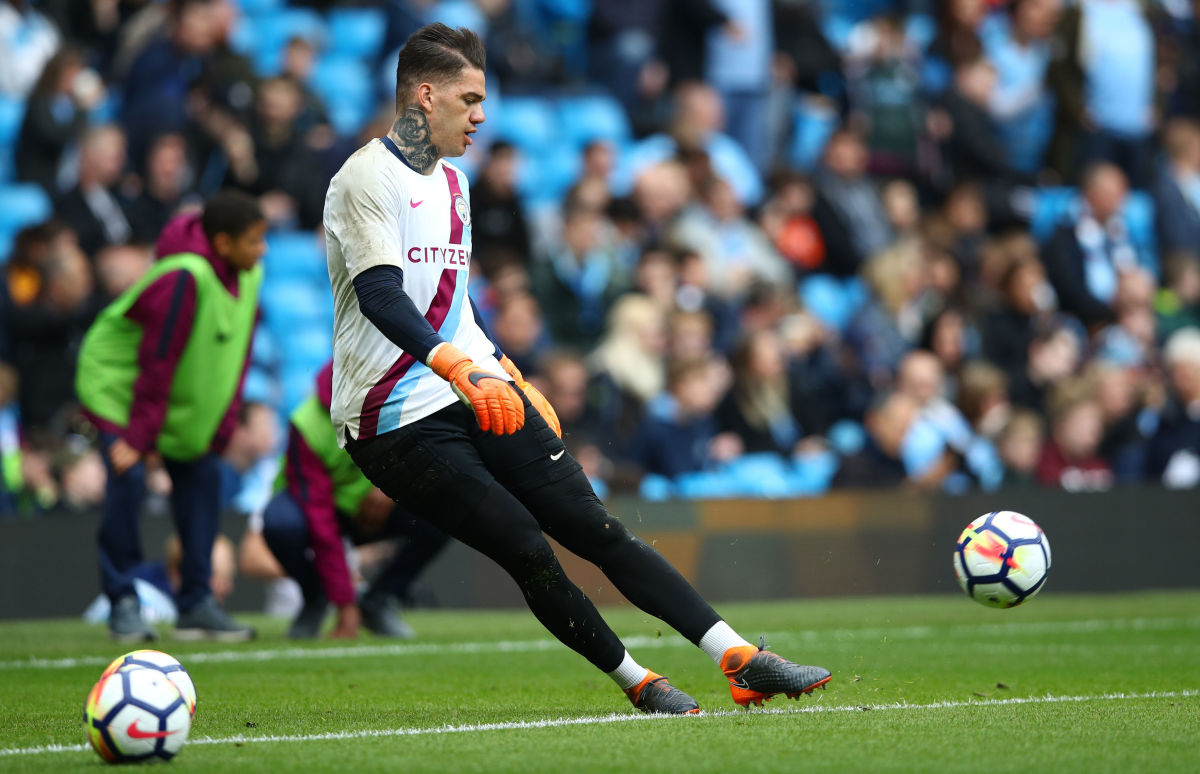By Theo Gardner
Denmark won the 1992 Euros after beating Germany 2-0 in the final – a team that both finished second in their group behind hosts Sweden, and initially didn’t even qualify for the tournament, finishing second in their qualification group but receiving a spot in the tournament due to winners Yugoslavia being banned from the tournament as a result of internal war.
The Danes managed to clinch victory largely because of a clever tactic which would later cause a rule change. The Denmark players would pass the ball back to goalkeeper Peter Schmeichel, he would then wait for the opposing forwards to chase the ball down before picking it up. This move would both effectively waste time when the Danish side were up as well as allowing the Danish team to play out without the opposition being able to put significant pressure on the goalkeeper.
This tactic was rife in football at the time, and was also utilised to a great degree by teams during the 1990 World Cup. As a result of the Euros there was a rule change enacted for the following (1992/93) season. Goalkeepers were no longer allowed to pick up deliberate passes from the players on their team – this change is still in place in the modern game.
This therefore meant that when teams passed back to get out of pressure, or involved their keeper in build-up, the keeper needed to be confident and adept in their ability with the ball at their feet.
Since this event, the role of the keeper has evolved to the extent where goalkeepers are judged upon their on-ball ability and it is seen as a vital part of the modern goalkeeper’s game. Indeed, many of the keepers we consider to be the world’s best right now have world-class on-ball and distribution ability – for instance: Alisson, Ederson, Ter Stegen and, Neuer. Likewise, we have seen keepers be displaced in favour of those with superior ability on the ball (alongside other qualities). For instance, we have seen Aaron Ramsdale replace Bernd Leno at Arsenal or more recently, Graham Potter has favoured Kepa Arrizabalaga over Edouard Mendy.
The tactical desire for these qualities has been ramped up in recent times. Thiago Motta described his formation for his U19 PSG team as a 2-7-2 in 2018. Placing his goalkeeper within his 7-man midfield. In saying this, Motta was actually referring to a horizontal view of a 4-3-3. It can be assumed that through this Motta is implying that he wants his keeper to be a viable passing option when faced with a high-pressing team and effectively distribute to other members of their ‘midfield’ (referring to the other central players within the team).
This understanding of the game by Motta is an apt summary of the perspective widely held by many elite-level managers in the game today. In fact, when faced particularly with teams who use a high-press, an unwillingness to pass to the keeper would leave many teams unstuck. Even the goalkeepers who are considered to have poor ability with the ball at their feet nowadays are significantly more adept than many goalkeepers of the past. Simply put, the ability to be a part of build-up play is a necessity for the modern keeper.
This has evolved to the extent that managers will actively adjust their tactics in order to cater for those keepers who have a weaker on-ball ability. For example, David De Gea is a goalkeeper who is widely considered to have weak distribution ability when compared to his other qualities – this has seen Erik Ten Hag adopt a deeper back line than we can assume he would ideally like (based on his time at Ajax). This provides De Gea with more immediate options when he has the ball at his feet, making it easier for him to deliver a high-accuracy pass to a teammate and aiding him with his confidence when on the ball – since he has out-letting options when pressured by the opposing team’s attackers. By dropping his defensive line, De Gea benefits from this assistance without suffering from his lack of ability venturing out of his box and his deficiencies are effectively hidden behind his back four.
This change, while helping his team in build-up comes at a detriment to the aggressive pressing Ten Hag likely wants to instil at Manchester United.
This case showcases the importance of a goalkeeper’s passing and on-ball ability in the modern game and the impact it can have on a team’s tactics. It is likely that as time progresses this quality will become more and more of a necessity and it will be considered by managers with greater importance – especially those whose game is based around high levels of possession. As goalkeepers improve in this regard, managers will be less willing to alter their tactics for those who do not possess this ability.
Football and its tactics are under constant evolution, with managers desperate to do everything to gain the slightest edge on their opposition – the goalkeeper position is not exempt from this. There is a reason why almost every current keeper widely considered to be world-class has impressive ability on the ball.
A goalkeeper’s ability on the ball is of huge importance and holds consequences for the tactics utilised by their teams. Their qualities with the ball at their feet has the potential to affect a team both positively and negatively, and the importance of this will only grow.

